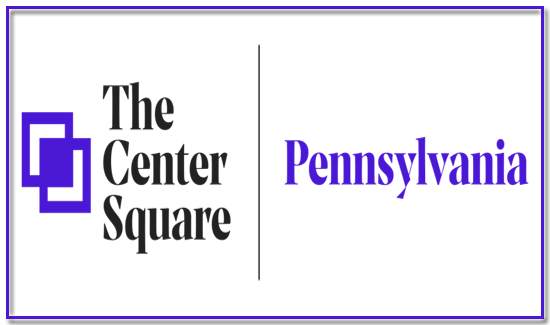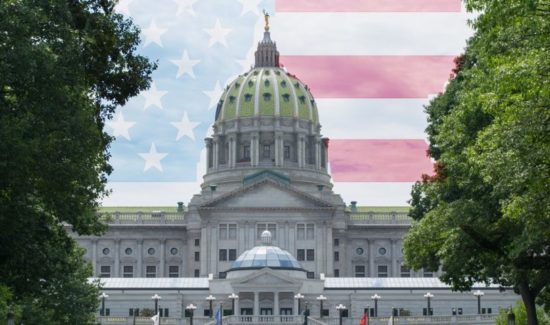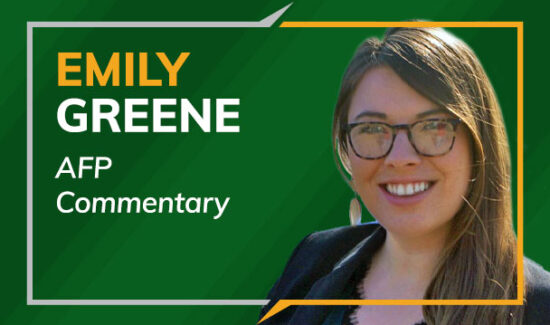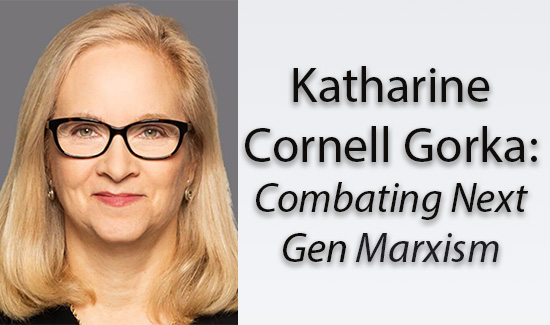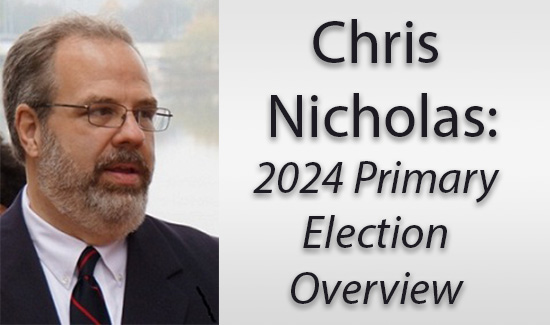Cost ‘Savings’ Didn’t Lower Expenditures
(February 9, 2017)–Summary: Major cost cutting should translate into lower taxes or at least remove the need for an increase. That has not happened with the Governor’s "savings initiatives" that are supposed to produce saving of $2.1 billion. Those costs savings, representing 7 percent of current spending, should have resulted in FY 2017-18 expenditures being lower than the current year fiscal year. Unfortunately, that did not happen as the Governor calls for a spending increase of 1.8 percent over this year’s spending.
___________________________________________________________________
In the Governor’s Budget Address and in the various documents prepared for Pennsylvania’s Fiscal Year (FY) 2017-18 budget there was great fanfare over a purported $2.096 billion dollars in proposed cost savings. The savings are to be created through a series of steps that merge departments and streamline administrative functions.
Topping the savings actions list are a combination of prioritizing agency expenditures and cost efficiencies that are projected to produce $767 million in lower spending. Perhaps the Governor can convince the Legislature the savings are achievable. The second largest savings action consists of prudent fiscal management that is expected to generate a $493 million expenditure cut. One would have thought that fiscal management was already prudent. Revenue enhancements of $314 million are included: not sure how this is a "savings initiative".
Four actions account for a combined $522 million. Three of these can be real savers if carried out. Eliminating and reducing programs outside the Commonwealth’s Core Mission ($171 million) for example would be a very good and welcome step. Consolidation and Coordination ($104 million) can be useful targets for cost cutting. Facility closures and downsizing and lease management ($104 million) could be achievable. Finally, Complement Controls ($143 million); again this one could take some work to convince the Legislature.
In short, whether these savings are achievable must be considered highly problematic.
As it stands with the hoped for, but as just described highly questionable, $2.1 billion in cost cutting, the projected general fund spending is slated to rise from $31.77 billion in FY 2016-17 to $32.33 billion in FY 2017-18. This would be an increase in year to year spending of a modest 1.8 percent. On its face, it would appear the savings are doing a good job in holding down the hike in spending from FY 2016-17 to FY 2017-18.
But that is not the way to look at this. Assume that in a fit of fiscal discipline the Governor had decided to raise overall spending above the FY 2016-17 by the inflation rate, say 2.5 percent. In this scenario spending for FY 2017-18 would be $32.56 billion. But here is the problem. If we subtract the hoped for $2.1 billion in savings, that would take the budget expenditures for the next FY to $30.46 billion, well over a billion dollars below the 2016-17 fiscal year forecast and $1.87 billion below the FY 2017-18 budgeted level.
Or looked at the other way, assume the $2.1 billion in cost savings could be realized before the end of the current fiscal year. That would bring spending for this fiscal year down to $29.67 billion. Then allowing for a 2.5 percent rise from FY 2016-17 to FY 2017-18 the budgeted spending for next year would be $30.41 billion. Even allowing a three percent rise would put spending at $30.56 billion, $1.77 billion below the Governor’s budgeted amount.
What is actually happening is that most of the hoped for savings are being spent. If the savings were in place during the current fiscal year, the budget expenditure proposed for next year would be $2.66 billion or 8.9 percent higher than in FY 2016-17 ($32.33B minus $29.67B). The $2.66 billion figure is equal to the budgeted increase for next year plus the $2.1 billion in savings.
There is little question that the goal is to save as many taxpayer dollars as possible. But in this case the savings proposed and hoped for are not being allowed to do what they should do which is to lower actual spending. Savings that amount to nearly 7 percent of the current fiscal year outlays along with a rise in spending that covered inflation of 2.5 percent would have allowed tax cuts or more money for the rainy day fund and would have at least eliminated the talk of tax increases. None of which has happened in the Governor’s budget address or in the budget documents.
Perhaps the Legislature will see through the failure of the projected savings to achieve a desired objective which is to push planned spending lower if possible and remove the threat of tax hikes that perennially arise during budget development. The Governor is to be applauded for looking for savings. But looking for savings should be an ongoing role of administrations. And savings should not be simply at the margins.
Beyond the concerns about the failure of the proposed budget to achieve a reduction in total spending for next year, the Legislature should consider the projected savings to be questionable as discussed above. If the savings do not materialize, there will be a deficit that will increase dollar for every dollar of unrealized savings in FY 2017-18—assuming the Legislature approved the Governor’s budget as presented.
Moreover, the government needs to look at major government expenditure drivers as well as laws that add costs to business and inhibit growth. Prevailing wage laws, teacher strikes, overly aggressive regulators, a history of kicking the pension crisis down the road, high taxes and a business climate that leads to very slow new business formation and expansion must all be addressed. Those rectifiable problems will, unless addressed forcefully and successfully, continue to produce perennial budget angst.
Jake Haulk, Ph.D., President
If you wish to support our efforts please consider becoming a donor to the Allegheny Institute.The Allegheny Institute is a 501(c)(3) non-profit organization and all contributions are tax deductible.Please mail your contribution to:
The Allegheny Institute
305 Mt. Lebanon Boulevard
Suite 208
Pittsburgh, PA15234
For more on this topic click here
Link to Allegheny Institute Website
Forward this Brief to a friend


